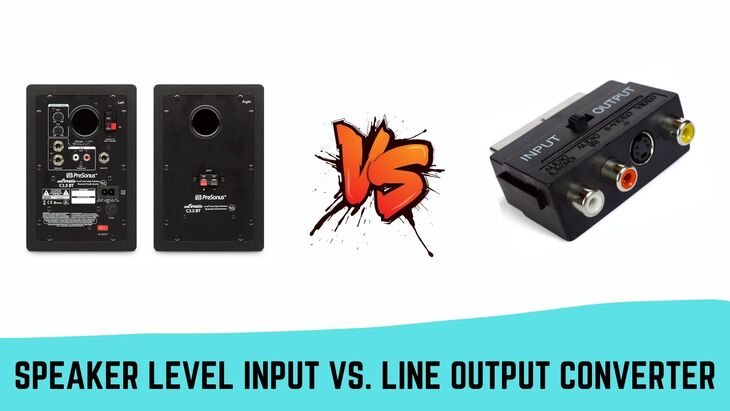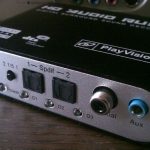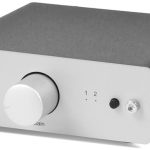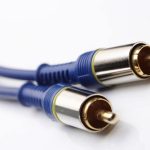Ah, line level vs. speaker level.
You probably have loads of unanswered questions right now.
How do amplifiers use speaker-level inputs?
What is a line output converter on a car amp?
We get it.
Using an amplifier in the car sound system is one of the best ways of adding more detail, and depth to your music, especially if you’re still using the factory stereo. But, unlike aftermarket stereos that come with preamp outputs, most factory stereos don’t have RCA outputs to connect to the amplifier. This is where speaker-level inputs and line output converters come in.
This comprehensive comparison will cover crucial differences between speaker level vs. line level, and by the end, you should be able to pick your preferred choice with confidence.
Let’s dive in.
What is speaker-level input?
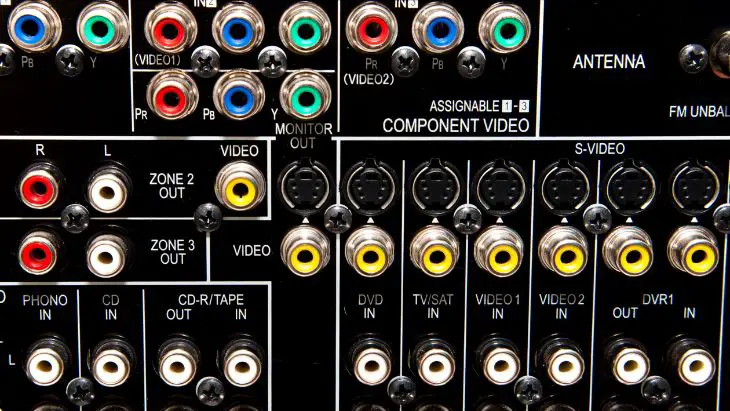
Speaker-level inputs sometimes referred to as high-level inputs, are used to establish a signal flow from audio sources that do not have RCA connections. Most factory setups do not come with RCA (low-level) inputs, but with the speaker level inputs, you can connect an amplifier to the factory or aftermarket stereo.
Simply put, a speaker-level input lets you use the audio signal from your speaker outputs as the input source for the amp, thus eliminating the need for a separate RCA cable. Most modern amplifiers use high-level inputs to allow for an effortless integration with new car models, or vehicles whose data is controlled from the factory head unit or radio.
These inputs use a high voltage level than a typical preamp output connection, hence the name high-level inputs. Additionally, they are designed to convert this high voltage to safe levels that the amplifier can handle.
Speaker-level inputs are often used to connect to monoblock amplifiers and a majority of two and four channels amplifiers.
Advantages of using speaker-level inputs
- Using speaker-level inputs is less bulky than running RCA cables
- Easier installation
- Louder and improved sound quality
- Reduced noise and interference
Disadvantages
- Somewhat expensive than using RCA cables
- Installation can be a bit challenging for beginners
Line output converter
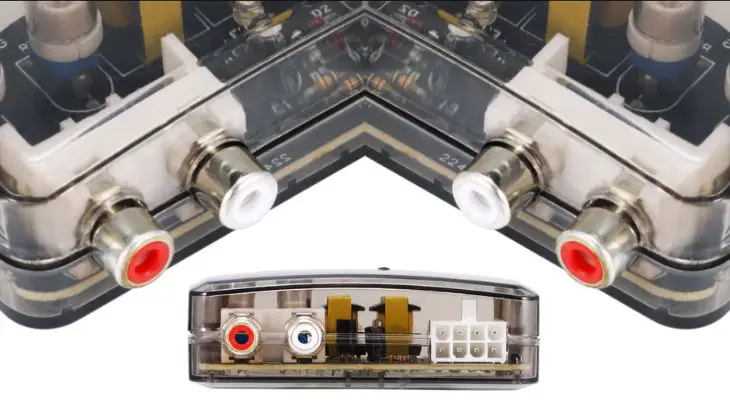
A line output converter is the second option you can use to connect an amplifier that does not have speaker-level inputs. A line output converter, or LOC as it is famously known, is a kind of RCA adapter that is used to convert high-level inputs into an acceptable RCA preamps level signal.
The LOC uses a standard RCA patch cable to connect to the amplifier. A standard line output converter is made up of a high-voltage resistor and a transformer, and it converts the high voltage to a level that the amp can handle. This allows you to hook up your stereo or a new radio to the external amplifier.
Generally, amplifiers are designed to run on the designated input voltage. Connecting the amp to higher voltage signals than it can safely handle can be catastrophic. That’s when a LOC comes in handy to help convert high voltage signals to safe preamp levels.
What’s more, most line output converters come with an adjustable gain control feature to help you adjust the output.
However, there are amplifiers that come with the speaker level to line level converter inside the amplifier, so they don’t need a separate LOC to transmit the signal to the existing speaker wires.
Advantages of the line output converter
- Most offer levels of control
- Easy operation
- Quite affordable
- Enhanced frequency distribution, which lets you enjoy great sound across the frequency range
Disadvantages of the line output converter
- Some line output converters are extremely expensive, but such models provide more features and greater power handling
- Some minor noise issues
Speaker level input vs. line output converter-Which one do I need?
Ideally, car audio amplifiers offer a range of configurations to match your specific installation layout. Most car audio systems utilize RCA jacks, but it is not uncommon to find amplifiers and subwoofers without RCA outputs. And as mentioned earlier, most factory stereos don’t have preamps outputs, which demands a different solution to connect to an amplifier.
Speaker level inputs let you make connections using speaker wires leads instead of using RCA cables. Preamp outputs and RCA cables have been the order of the day for many years, but now most amplifiers are designed to accept speaker-level inputs.
On the other hand, you’ll need a line level output converter to enable you to add an amp to your vehicle sound system in the absence of the speaker level inputs. So, if you’re looking to upgrade your sound without having to replace the factory audio system that came with the vehicle, a line output converter will provide the much-needed connection.
Also, a line output converter is an ideal solution if your radio lacks preamp outputs or the stereo lacks enough of them. You can simply connect your speaker wires to the line output converter’s inputs to transmit the signal from the LOC to the amplifier(s).
Also Read: Series Vs Parallel Speaker Sound: [Wiring Explained]
Michael Evanchuk is a San Francisco-based sound engineer with 20 years’ experience installing, troubleshooting, and repairing commercial, automotive, and household sound equipment. Evanchuk owns an auto stereo center, where he offers highly competitive car audio installation and repair services. He has written dozens of articles on different sound engineering topics, all of which have been published in leading journals, blogs, and websites.

